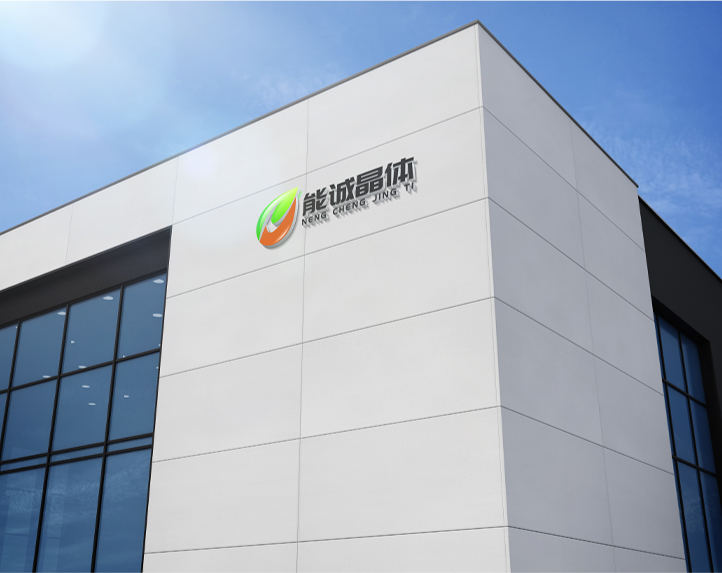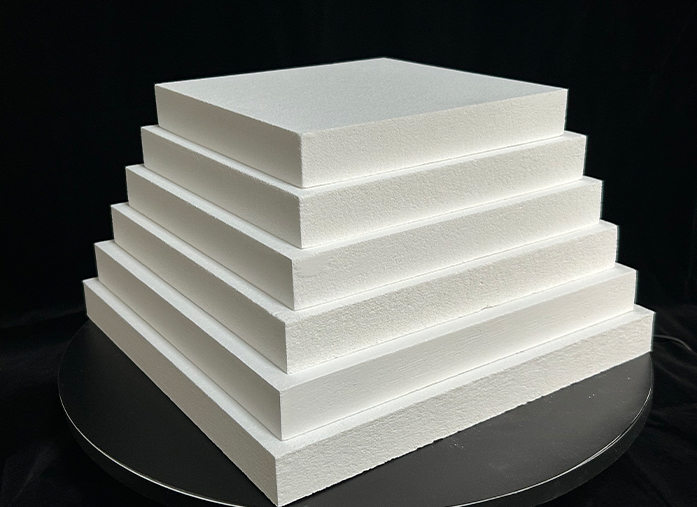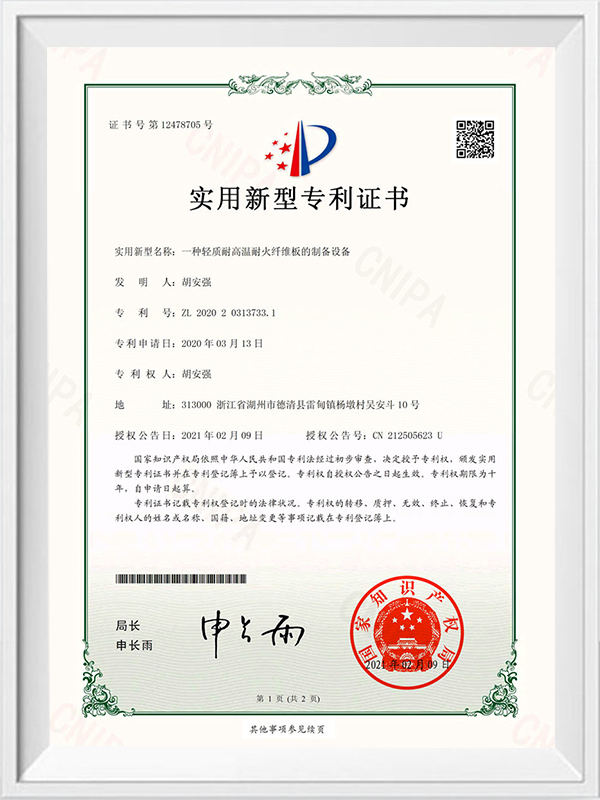
Roller Kiln
The workpiece can be placed directly on the roller, or the blank can be placed on the pad first, and then the hot plate can be placed on the roller. As the roller rotates continuously, the workpiece can be moved forward in sequence. There is a small sprocket at the end of each roller, which is driven by the chain to rotate. In order to ensure smooth and safe transmission, the strips are often divided into several groups for transmission. The rotation of the rollers allows the ceramics to be transferred from the kiln head to the kiln tail. It is mainly used in the production of ceramic building materials such as tiles, electronics, electromechanics, chemicals, equipment, printing, pharmaceuticals, industry, rubber, auto parts, moisture drying, and new energy batteries, etc.
| Furnace size (mm) | Maximum temperature(℃) | Stick Material | Power(KW) | Voltage | Heating method | Conveying speed |
| 15000*1000*1480 | 1000℃ | High Aluminum Tube/Silicon Carbide Tube | 125 | Three-phase five-wire 380V | Spiral resistance wire | 50-500MM/MIN(Adjustable) |


-
Introduction to High Temperature Muffle Furnaces High temperature muffle furnaces are essential equipment for laboratories and workshops that require precise heating, material testing, or heat treatment. These furnaces are designed to operate at extremely high temperatures while providing uniform heat distribution, durability, and safety. Selecting the right muffle furnace ensures efficient operation, reliable results, and long-term performance. Key Considerations Before Selecting a Muffle Furna...





 English
English Español
Español عربى
عربى



